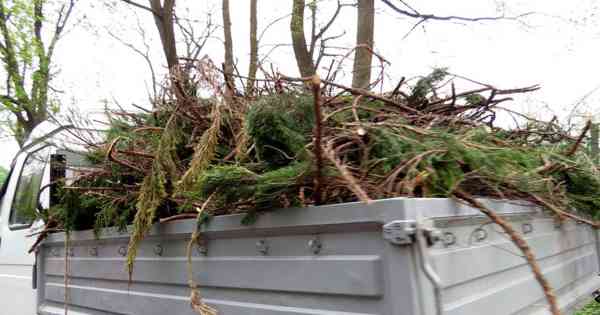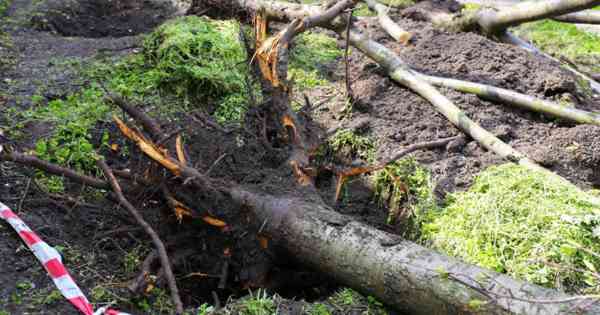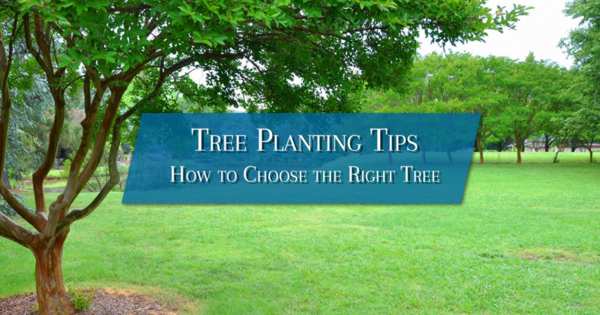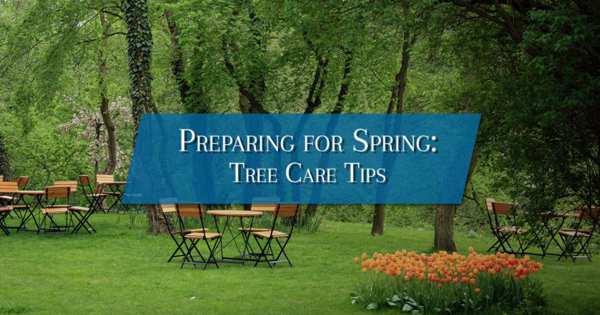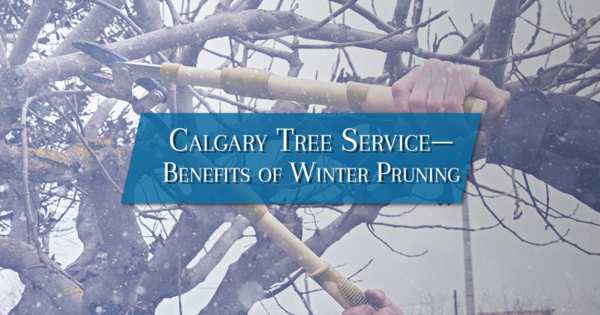Why Is My Tree Losing Leaves
In The Spring
During the spring, trees are typically bursting with life and color. But what if they are not? What if the opposite is happening? What if instead of adorning branches, your tree’s leaves are lying on your lawn? If this is the situation you find yourself in, you’re in luck; we at Ocean Tree Care are addressing spring leaf drop in this blog article.
If you are in need of tree services in Calgary, contact us today! We are a full-service tree care company offering a wide array of tree services—tree removal, pruning, tree care, tree planting, shrub shaping, fertilization, stump grinding, and more. Check out our tree services and contact us today to learn more. Read on to learn about spring leaf drop.
Common Causes of Spring Leaf Drop
Naturally, it can be concerning when your lawn is covered in leaves in the spring. However, this is not always an indication that your trees are sick or that the sky is falling. Some trees, for instance, cling to their leaves through winter and then let go of them during the spring.
Below are some common trees that lose their leaves during the spring:
- Holly
- Hickory
- Hackberry
- Live oak
- Southern magnolia
Okay, so what if you don’t have one of these spring-shedding trees, but you are still experiencing leaf drop? Chances are that when you notice that your lawn is scattered with fallen leaves in the spring or early summer, an infection known as anthracnose is likely the culprit.
Caused by a destructive group of fungal pathogens, this is a common disease that affects deciduous trees, especially during periods of cool, wet weather. This hardwood leaf disease affects different trees in different ways.
Below are some of the common trees affected by anthracnose:
- Ash trees
- Sycamore trees
- Oak trees
- Maple trees
Although there is some variance in the symptoms among different types of trees, the effects generally include dark brown or black fungal spots on the leaves, curled or cupped leaves, and—of course—leaf drop in the spring.
How Do I Treat Anthracnose?
The good news about this disease is that, for the most part, anthracnose is one of the most innocuous of the hardwood diseases, and it can be treated and managed by simply following proper tree care.
Because anthracnose is often spread via dead, infected leaves on the ground, raking up and disposing of the infected leaves is a crucial first step. Additional steps include basic tree care, like watering trees during dry periods and applying fertilizer to help your tree overcome the stress caused by the disease. Following these steps will help nurse your tree back to full health and protect it while it recovers from a vulnerable, weak time.
Another way to help your tree overcome anthracnose is to selectively prune dead twigs and branches. If you are unfamiliar with tree pruning, we encourage you to contact an arborist or professional tree service providers—because, remember, just as proper pruning can help your tree thrive, improper pruning can have adverse effects on your tree’s health.
Need Help?
If you notice that your trees are dropping leaves this spring, and you would like help diagnosing or treating the problem, contact us! Our tree care experts can not only make sure your trees are properly cared for, but we can also handle all of your other tree services. We hold ourselves to high standards of excellence in both customer service and tree care. We are proud to call Calgary home, and we are passionate about providing your home with superior tree services.

